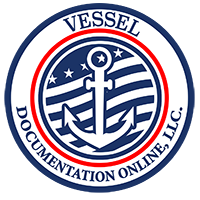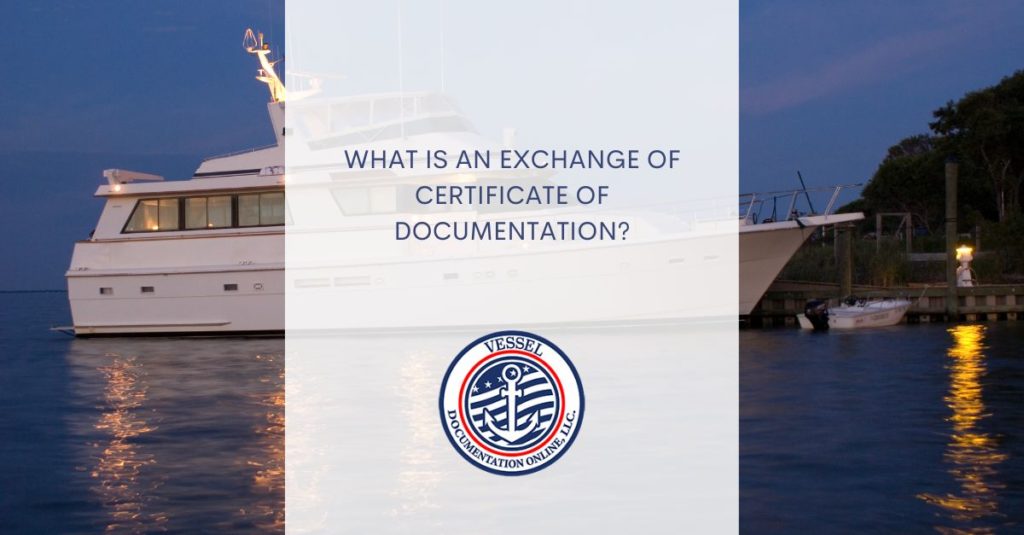A change in ownership of a USCG vessel requires the previous owner to provide a new certificate of documentation to the new owner. There is a change of ownership when the present owner sells the boat to a new one. A certificate of documentation form must be completed by both the seller and the buyer for the deal to be finalized. The parties to the boat sale are identified, and their respective responsibilities for the vessel are spelt out in this contract.
After it’s done, the new owner may take ownership of the ship and use it in any way they like. Before selling your USCG vessel, ensure to familiarize yourself with the certificate of documentation procedure in its entirety to ensure a seamless transaction and prevent any hiccups. The benefits of swapping your certificate of documentation are as follows.
Get A New Certificate of Inspection That Reflects Your Current Vessel Configuration
To comply with USCG regulations, all vessels above a particular length must carry a documentation certificate of inspection. This certificate attests to the vessel’s legal status as a registered vessel that has also been inspected and found in good condition. Suppose you want to sell your boat or register it in another state or nation. If your inspection certificate doesn’t accurately represent its current configuration, you may have trouble doing so.
Although getting a fresh inspection certificate might be a lengthy procedure, it is usually worthwhile for ship owners who wish to have accurate records of their vessels’ conditions. Changes to your vessel that need a new inspection certificate may often be made via a no-cost exchange. When renewing your certificate of inspection, be sure to mention any new or changed equipment and any updates to your engine, propeller shafts, or rigging.
Save Time and Hassle by Avoiding the Mandatory Annual Surveys
A vessel’s paperwork certificate may be thought of as its passport. It’s a piece of paper that lets you legally sail in specified seas and saves you the trouble of getting your boat surveyed every year. It’s not too complicated of a procedure. To renew your license, you must submit a few pieces of paperwork and fees to the Coast Guard office in the state where you presently hold it.
After processing your documentation, the relevant authorities will either issue you a new license or allow you to transfer your current license to the jurisdiction of your choice. In the United States, you may do this if you’re relocating from one coast guard district (say Florida) to another (like Louisiana). They prefer that you leave the nation if you’re going elsewhere but may accept an exchange if you’re only relocating across state borders. In any event, doing so may save you time and effort by exempting your vessel from the required yearly surveys that most ships must undergo (since only vessels operating in U.S. waters have to have their certificates of documentation inspected every year).
Have Access to More Advantageous Maritime Rates with A Certificate of Documentation
Registration for the certificate of documentation includes registration for any vessels owned by the same person or entity. This makes it possible to renew registrations more quickly and at more attractive marine prices. Since then, the number of boats recorded and registered with the U.S. Coast Guard has become larger than the number of operational boats.
The United States Coast Guard will come to your aid in the event of an emergency or small mishap on your boat. There is a certain exception to Rule 42, which specifies that a certificate of documentation is required for each vessel entering or leaving a U.S. port. That’s why having your paperwork in order will allow you to enter more ports and go to more locations than individuals without the appropriate paperwork.

Make It Easier for Others to Identify Your Vessel as United States Coast Guard-Owned
According to americanboating.org, you may make it simpler for others to recognize your vessel as owned by the United States Coast Guard. This may have emotional meaning for some individuals. Because the United States Coast Guard does not issue hull identification numbers (HINs) to privately owned boats, swapping your certificate of documentation gives other people the ability to recognize your boat as belonging to the government of this nation.
If you are doing anything like giving your vessel as part of a tax write-off, this is extremely crucial since you do not want anybody else to claim that your boat is theirs! When you transfer ownership of your vessel in this manner, the procedure is quite straightforward, and you won’t give up any rights protected by admiralty law. To transfer ownership of a vessel, you do not even need to have a stake in the vessel itself to do so.
If you want to register a vessel in the United States and are not a citizen or resident of the U.S., you will need to use an exchange certificate of documentation. This is a process for foreign-owned vessels that allows them to be documented under the laws of the United States. This can be a very confusing process, but the experts at U.S. Vessel Documentation Center are there to help you through it. For more information on how this process works and what you can expect, call us at (800) 340-7580 today.




